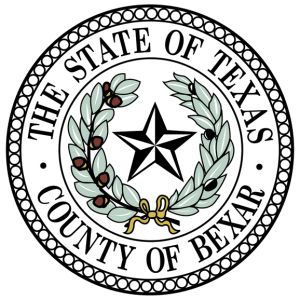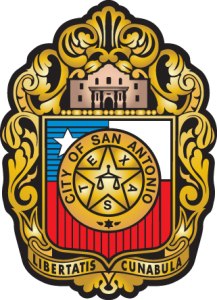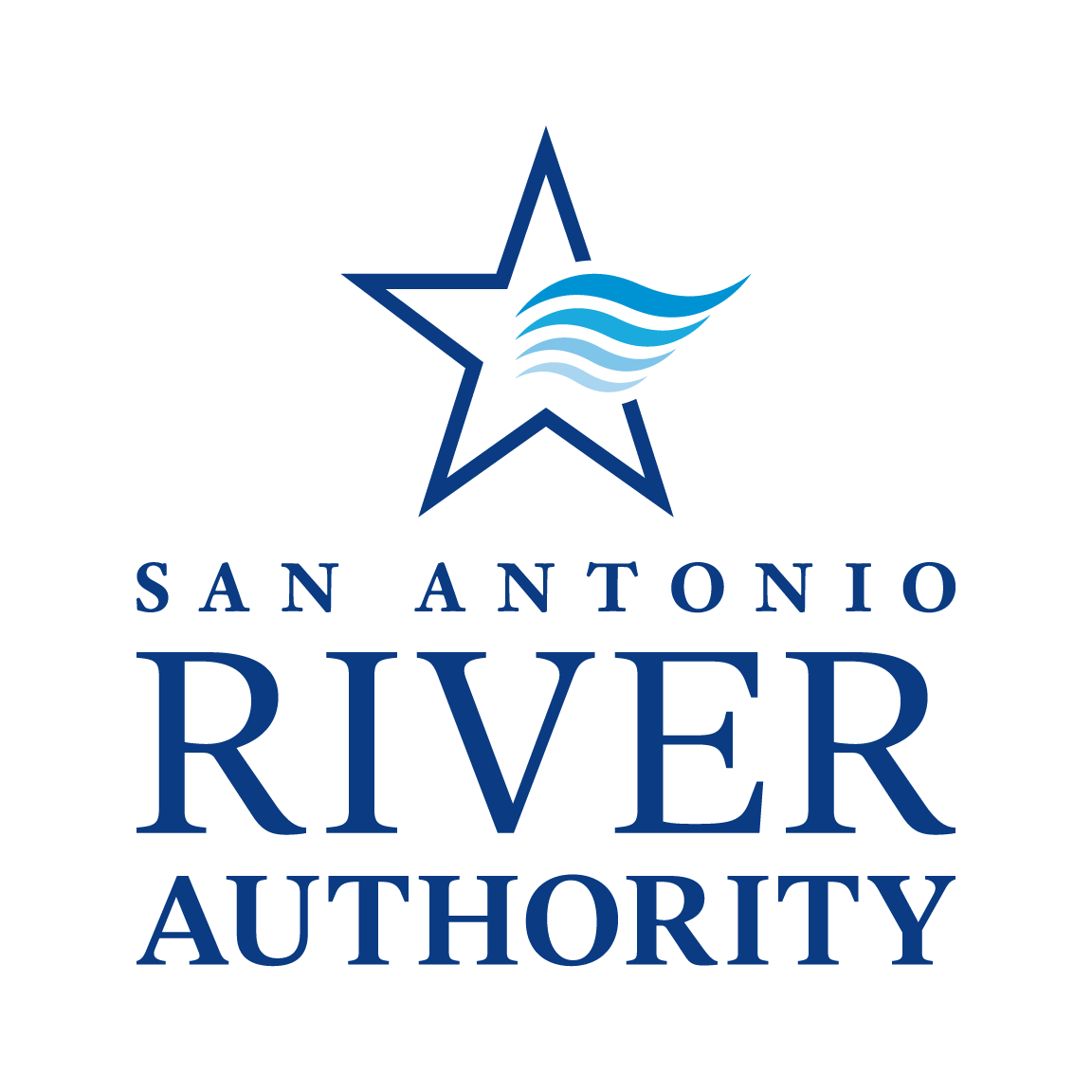Know Your Risk
Risk Mapping, Assessment, and Planning (Risk MAP) is a Federal Emergency Management Agency (FEMA) program that provides communities with updated flood hazard information and risk assessment tools they can use to enhance their mitigation plans to better protect their citizens. Through more accurate flood maps, risk assessment tools, and outreach support, Risk MAP strengthens local ability to make informed decisions about reducing flood risk. Risk MAP uses a watershed-based study approach which improves engineering credibility and allows for the understanding of risks in a more comprehensive way.
Visit the BRWM’s ‘Know Your Flood Risk’ page to learn more about your risk.
Secure Flood Insurance
The National Flood Insurance Program aims to reduce the impact of flooding on private and public structures. It does so by providing affordable insurance to property owners, renters and businesses and by encouraging communities to adopt and enforce floodplain management regulations. These efforts help mitigate the effects of flooding on new and improved structures. Overall, the program reduces the socio-economic impact of disasters by promoting the purchase and retention of general risk insurance, but also of flood insurance, specifically.
For more information, visit www.FloodSmart.gov.
Watch these short informative videos published by the NFIP to learn more about flood insurance: Flood Insurance Videos.
Be Flood Safe
- Nearly 50 percent of all flash flood fatalities nationwide involve vehicles. Saving your life can be as easy as turning your car around when you see water on the road. Never attempt to drive through flooded roadways.
- Even in relatively shallow water, tires can act as flotation devices, lifting up big vehicles and sending them downstream. It takes only two feet of water to float a 3,000-pound car.
- Beware that water covering roadways may hide washed-out bridges or gouged-out roadbeds. If you attempt to drive across, you may not be driving on a road.
- In rainy weather, be alert and stay tuned to local radio or TV.
- If you are in a low-lying area when flooding is occurring, get to higher ground quickly. And be sure to avoid canyons and washes that can channel swift water.
- Do not attempt to cross flooded roads or streams on foot. It can take as little as six inches of water to knock an adult off his or her feet. Furthermore, water may be flowing more rapidly than it appears.
- Never allow children to play near ditches and storm drains.
- During stormy weather, do not camp or park vehicles along streams or washes.
- Be especially cautious at night when it is harder to see flood dangers.
Sourced from the Texas Department of Public Safety
For more information on how to be flood safe, visit the National Weather Service’s flood safety page.
Be Sustainable
How we care for our watershed now will determine the health of rivers and streams for future generations to enjoy. But, a sustainable watershed is not just good for the environment. In the long run, it will save taxpayer money through reduced stormwater infrastructure costs. It will also improve quality of life in our watershed through increased green space and landscape beautification.
Polluted water in the San Antonio River harms more than just the fish and wildlife in our local area. Water that drains into the creeks and rivers in San Antonio flows all the way to San Antonio Bay. Water from the San Antonio River has direct impact on the health of wildlife in the bay and the Gulf of Mexico.
For more information on watershed sustainability, visit the San Antonio River Authority’s sustainability page.
Be a Watershed Wise Warrior
The San Antonio River Watershed drains over 4,194 square miles and its reach includes 14 counties and 8,800 streams. Each of us that live within the watershed play a role in the health and future of its creeks and rivers and our actions, both negative and positive, can make an impact that can last generations.
From picking up after our pets, recycling, reporting illegal dumping, fish kills and spills to picking up trash as a Watershed Wise Warrior or building a rain garden at your home or place of business, there are many ways to be Watershed Wise.
To become a Watershed Wise Warrior, visit the San Antonio River Authority’s Watershed Wise page.
Prevent Illegal Dumping
The BRWM partners protect the waterways in the San Antonio River Basin through our BRWM Illegal Dumping Task Force. Watersheds within the basin are frequently patrolled for illegal activity and environmental crimes. When an illegal activity is found, BRWM partner agencies investigate the crimes and collaborate to identify harmful impacts to water quality, riparian habitat and human health and safety within the basin.
The team works closely with all governmental agencies to help resolve environmental and noncompliance issues found within our basin. They respond to complaints and communicate with land owners, state and local agency officials, regulatory officials and the public as necessary to resolve and follow-up on emergency situations involving the San Antonio River Basin streams.
Investigations include, but are not limited to:
- Citizen complaints and concerns
- Fish kills, spills, permit violations and illegal dumping
- Habitat destruction
- Floodplain and encroachment violations
- Unauthorized activities
Working and communicating with the public are important duties of the Task Force. They educate the public about how abuse to waterways can cause serious habitat destruction, degrade aquatic ecology and completely alter the beauty of a stream. Often, abuse of the river is due to lack of knowledge.
If you see something illegal or hazardous dumped within the San Antonio River Basin, your first call should be to your local law enforcement officer. Your second call should be to SARA’s environmental investigations team at (210) 227-1373 or, toll free at 1 (866) 345-7272. They will make sure that the appropriate agencies with enforcement powers are contacted. They will also research solutions to the problem and keep the caller informed of progress in the investigation.



